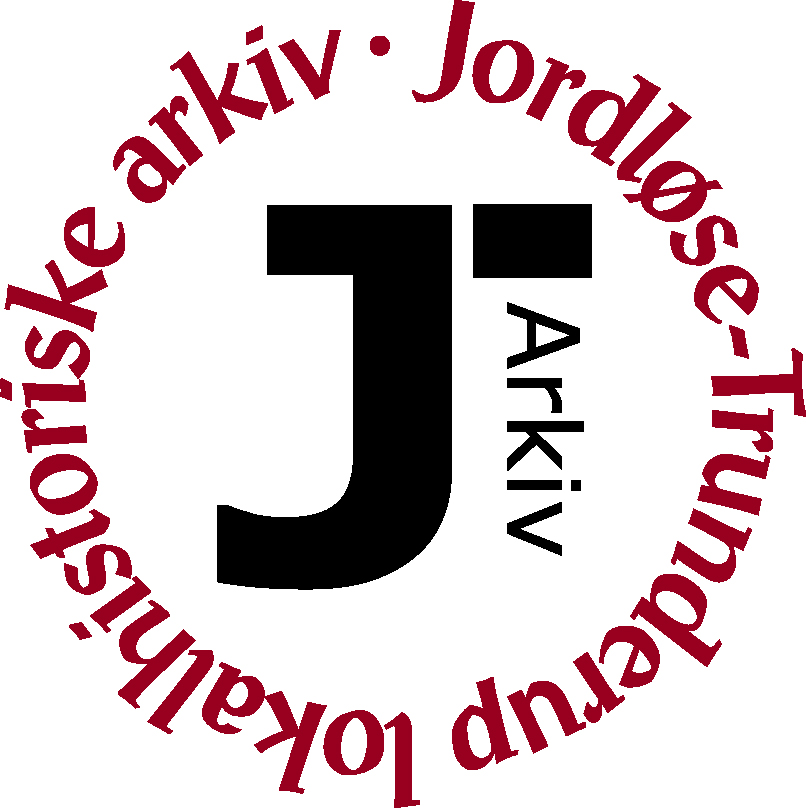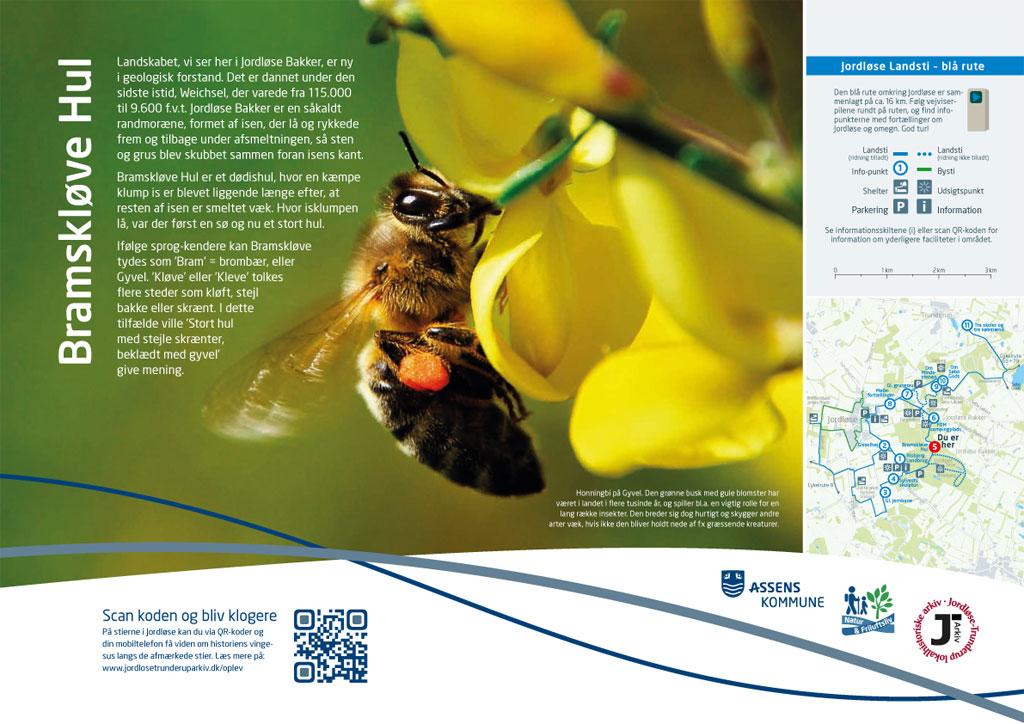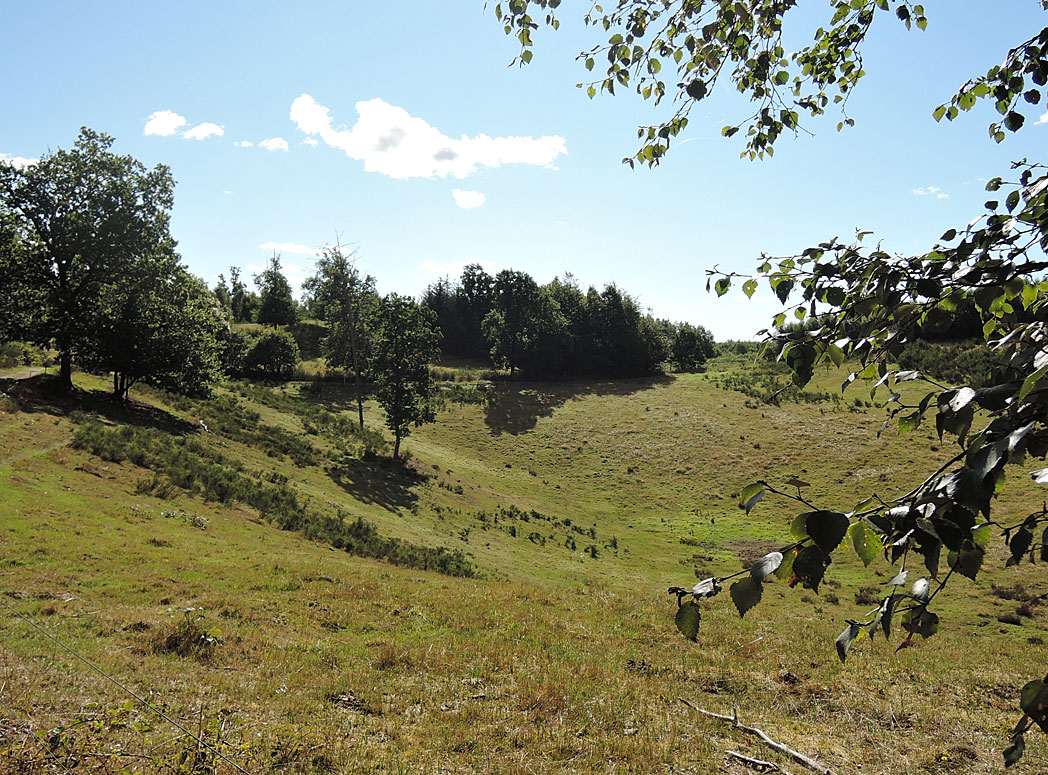Bramskløve Hollow
The landscape we can see here at the hills of Jordløse Bakker is, in geological terms at least, quite recent. It was formed during the last ice age, Weichsel, which lasted from 115,000 BC to 9,600 BC. Jordløse Bakker is what is known as a lateral moraine formation, made by ice that moved back and forth as it melted, pressing gravel and stone together in front of the edge of the moving ice.
Bramskløve Hollow is a “dead ice hole”, in which a massive block of ice remained long after the rest of the ice had melted. The site of the massive block of ice turned into a lake, eventually drying out to become the large hollow you can see today.
According to linguists, the origin of the name “Bramskløve” lies in the word “Bram”, which means bramble or broom. “Kløve” is often interpreted as “cleft, steep hill or slope”. So here, “A steep-sided hollow, covered in broom” would make perfect sense.
Honey bee on broom. This green bush with yellow flowers has existed in Denmark for thousands of years and plays an important role in the life cycles of numerous species of insects. Unfortunately, it tends to propagate rapidly and casts so much shade that other species suffer as a result, unless it is kept down by grazing cattle.
Bramskløve Hul 2020.
Jordløse village trail - Green route
Jordløse country trail - Blue route
- Country trail 1 - Risbjerg
- Country trail 2.1 - Gisselhøj
- Country trail 2.2 - The treasure
- Country trail 2.3 - The school spot
- Country trail 3 - The railway
- Country trail 4 - The skulpture
- Country trail 5 - Bramskløve Hul
- Country trail 6 - Campsite
- Country trail 7 - The gravel pit
- Country trail 8.1 - Jordløse Mill
- Country trail 8.2 - Windmills
- Country trail 8.3 - The grazing association
- Country trail 9 - The memorial
- Country trail 10.1 - Søbo Estate
- Country trail 10.2 - Søbo lake
- Country trail 10.3 - Søbo lime tree
- Country trail 11 - Trunderup



